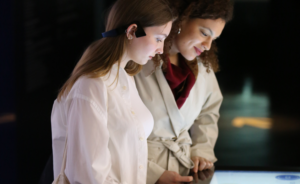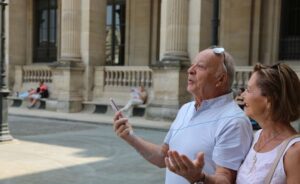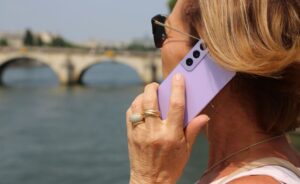Blog
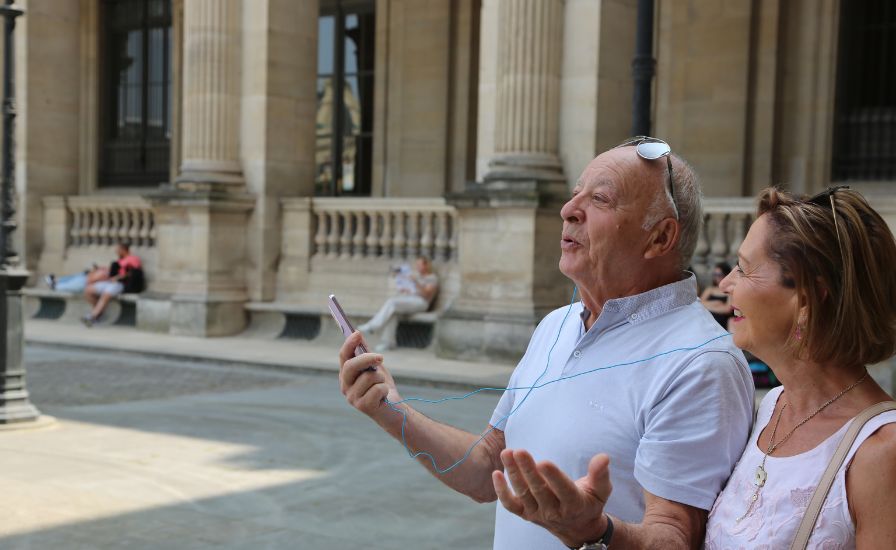
5 Reasons Why Museums Are Adopting Audio and Digital Guides in 2025
Introduction
What does a visitor feel when they enter a museum and are offered a digital guide that speaks their language and matches their interests? It’s no longer a simple visit, it’s an immersive and captivating experience. No need to follow a group or stick to a specific schedule. Audio and digital guides allow for free and enriching exploration.
In 2025 , these tools are not only practical, they have become essential for museums wishing to offer unique visits and meet the expectations of an increasingly demanding public.
Personalized Experiences for Visitors
Visitors no longer want generic explanations. They want to experience a visit that concerns them and tells stories that resonate with them. With tools like the M-Guide or the PopGuide app , museums can offer thematic itineraries and multilingual content adapted to different profiles.
A history buff can discover the architectural intricacies of an era, while a family can enjoy a fun tour punctuated with anecdotes adapted to children. These tailor-made experiences transform the visit into a memorable moment.
Accessibility and Inclusion for All
Making culture accessible is a priority for cultural institutions. Modern digital guides offer inclusive features: audio descriptions for the visually impaired, sign language videos, and content translated into multiple languages. Thanks to these features, everyone can fully enjoy the exhibition, regardless of their abilities.
By offering these options, museums strengthen their commitment to inclusion and gain notoriety among an international and diverse audience.

Interactive Content
Today, while explanatory panels remain popular, some are looking for more immersive and interactive experiences. Digital guides offer a variety of possibilities, such as integrating videos, archive images or interactive games to enrich the experience. To go even further, some devices even use augmented reality, revealing details invisible to the naked eye.
These features add an emotional dimension to the visit and stimulate public interest, especially among the younger generations.
Visitor Autonomy
Audio and digital guides offer complete freedom. Unlike traditional guided tours, these solutions allow visitors to follow their own pace and discover what fascinates them most.
This autonomy appeals to curious travelers as well as families or regulars who like to take their time. In addition, it helps museums better manage visitor flows and avoid crowding in certain sections, especially during busy periods.
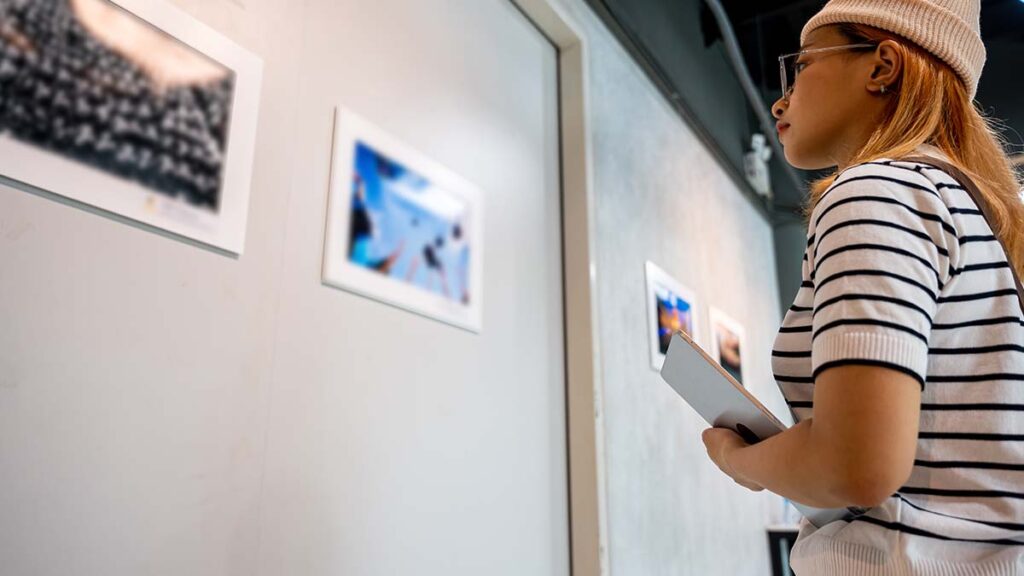
Valuable Data to Optimize Exhibitions
Modern digital devices provide valuable data on visitor behavior: which works attract the most attention, how much time is spent in front of each piece, and which paths are preferred. This anonymous data allows museums to better understand their audience and adapt their offering accordingly.
With this information, institutions can refine their exhibitions, optimize circulation and adjust their communication strategies to meet visitors’ expectations.
Conclusion
Audio and digital guides have revolutionized cultural mediation by making each visit more immersive, inclusive and engaging. They reinforce the position of museums as modern places of discovery accessible to all.
Sycomore supports museums in this evolution with innovative solutions such as the S-Guide for immersive visits, the Audiopen for interactive experiences and the M-Guide for enriched digital tours. Thanks to its training, maintenance and data analysis services, Sycomore helps institutions offer unforgettable visits that meet the expectations of today’s public.
In 2025 , collaborating with a partner like Sycomore means choosing innovation and excellence to enrich the visitor experience and remain at the forefront of cultural mediation.

